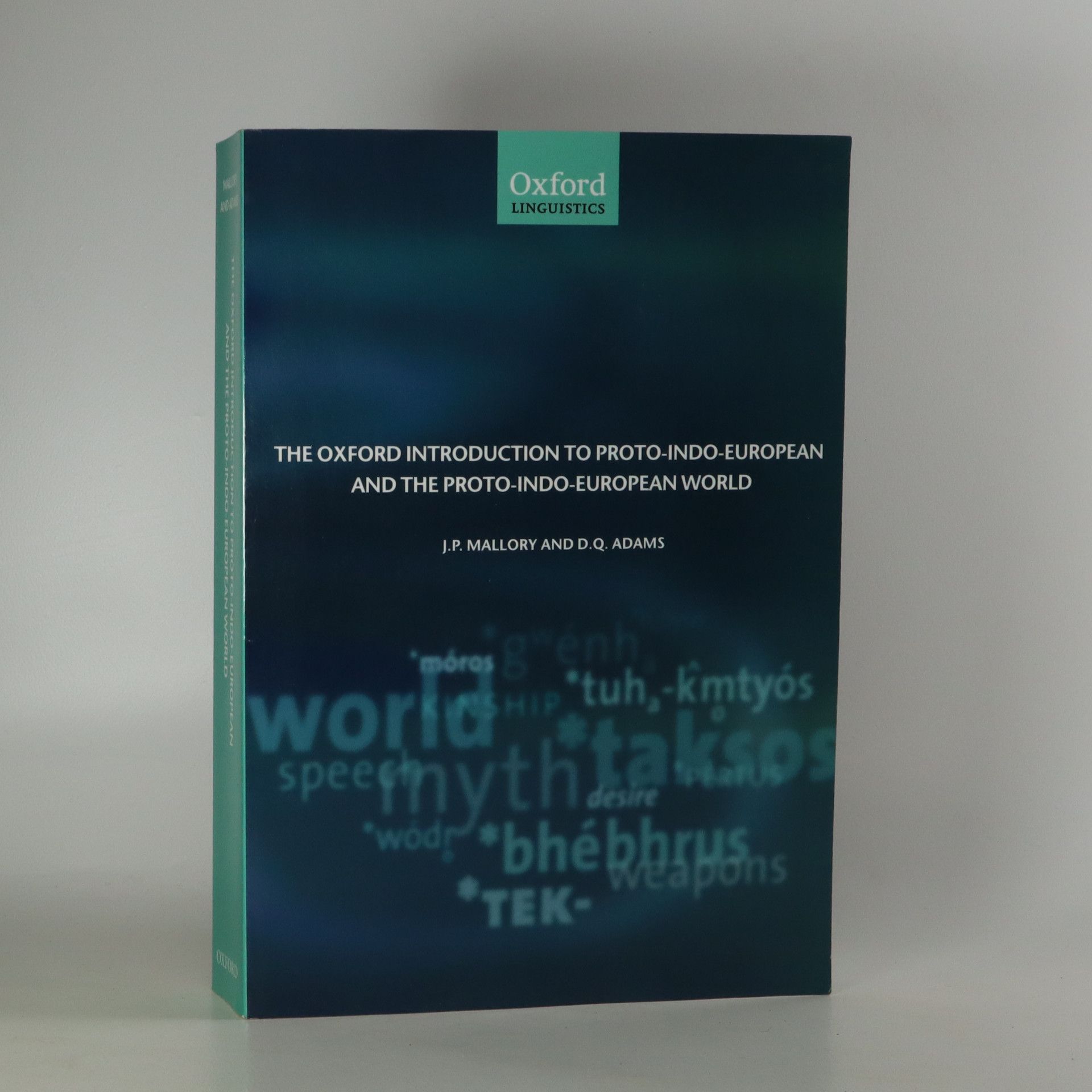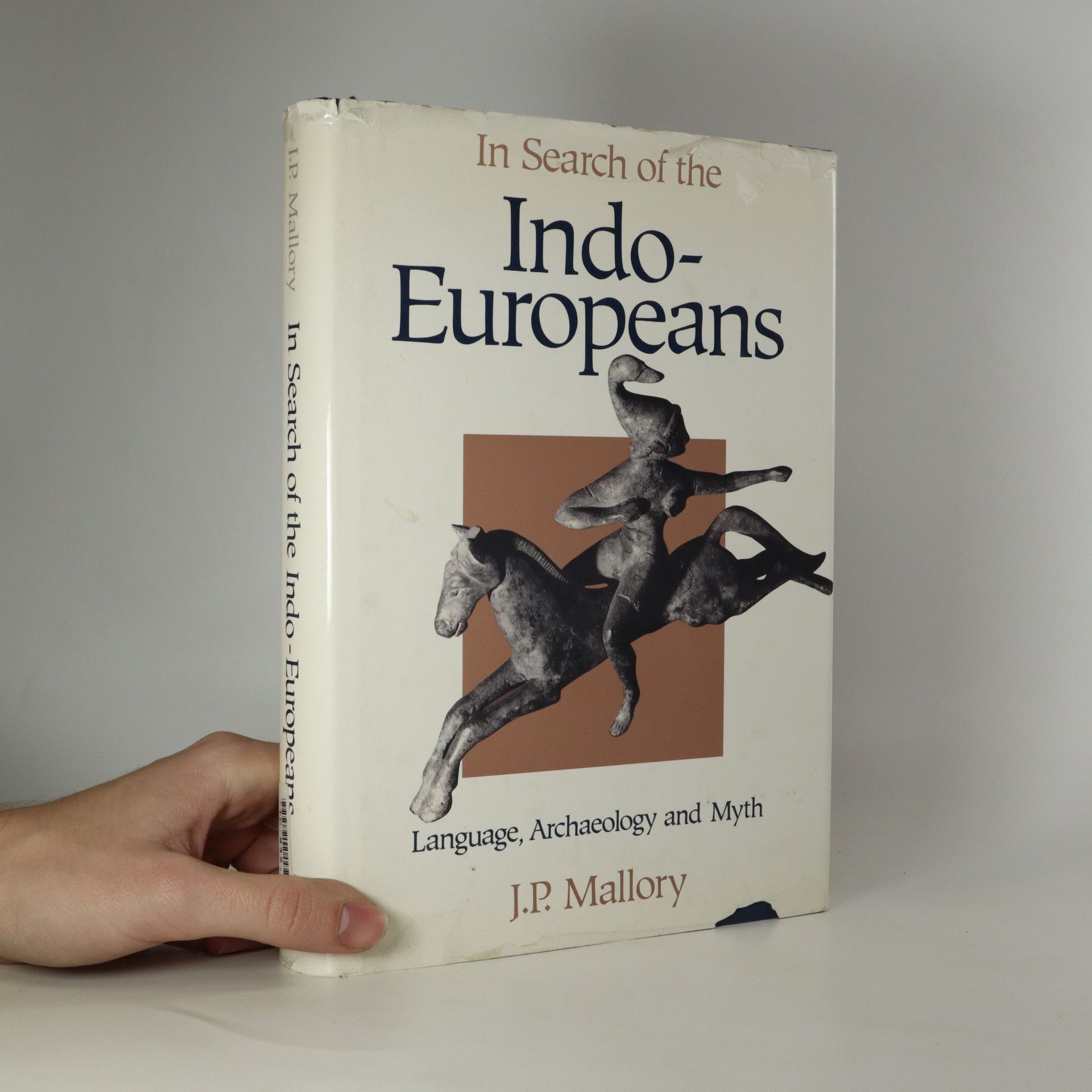When Darkness Falls, the third book in The Obsidian Trilogy from Mercedes Lackey and James Mallory A great working of Wild Magic and High Magic strikes at the heart of the Demon Queen's plots, but the human city, the Golden City of the Bells, falls farther under her sway with each day that passes. And without the City's High Magicians, the Wild Magicians, the Elven Army, and all their allies will surely fall before the onslaught of the Demon Queen's malignant warriors. But all hope is not lost. The Light's young mages, tempered by war, grow ever more powerful. High Mage Cilarnen learns an ancient secret that can make him, for a brief, white-hot time, the greatest mage in the world--unless it kills him. Jermayan, the first Elf-Mage in centuries, has linked with the dragon Ancaladar and rediscovered the swift-as-thought powers of Elven magic, which can reshape mountains and summon lightning from clear skies. Knight-Mage Kellen has molded his troops and the Unicorn Knights into a deadly fighting force. Soon the Elven King and his Commanders put Kellen's magical gifts to their greatest test, in the final battle between the Elves, the humans, and the Demons.
J. P. Mallory Livres
James Patrick Mallory est un archéologue et indoeuropéaniste irlando-américain dont la recherche se concentre sur le Néolithique ancien et l'Âge du Bronze en Europe. Son travail est salué pour son approche intégrative, s'appuyant sur des preuves littéraires, linguistiques et archéologiques pour résoudre des énigmes historiques. Mallory est également reconnu pour son engagement critique envers les théories sur les origines des langues indo-européennes, plaidant notamment pour la validité de la paléontologie linguistique. Ses travaux explorent l'archéologie de la première Irlande, offrant des aperçus convaincants sur ces périodes préhistoriques cruciales.






The Indo-Europeans Rediscovered
How a Scientific Revolution is Rewriting their Story
- 448pages
- 16 heures de lecture
A lifetime's study brings revealing expertise to an oft-misunderstood topic in human history--the origin and language of the Indo-Europeans.
Ireland's oldest traditions excavated via archaeological, genetic, and linguistic research, culminating in atruly groundbreaking publication Following his account of Irish origins drawing on archaeology, genetics, and linguistics, J. P. Mallory returns to the subject to investigate what he calls the Irish Dreamtime: the native Irish retelling of their own origins, as related by medieval manuscripts. He explores the historical backbone of this version of the earliest history of Ireland, which places apparently mythological events on a concrete timeline of invasions, colonization, and royal reigns that extends even further back in time than the history of classical Greece. The juxtaposition of traditional Dreamtime tales and scientific facts expands on what we already know about the way of life in Iron Age Ireland. By comparing the world depicted in the earliest Irish literary tradition with the archaeological evidence available on the ground, Mallory explores Ireland’s rich mythological tradition and tests its claims to represent reality.
What image do the Indo-Europeans conjure up? For many, it's one of horseriding warriors sweeping out of Asia, spreading their languages and culture with each clash of the sword. Certainly, linguistic history shows that most of the peoples of Europe, Iran and India share a common ancient language known today as Proto-Indo-European. Celts, Germans, Italians, Greeks, Albanians, Slavs, Indians and many peoples long extinct can all have their linguistic ancestry traced back to this mother tongue. But how far does the story told by languages match the historical and archaeological record? What do we know about the lives and beliefs of these early Indo-Europeans? And where was their original homeland? With the skill of a forensic scientist, Dr. Mallory traces the immediate origins of each of the Indo-European peoples of Europe and Asia. By comparing their languages he demonstrates their common cultural heritage, and through the technique of comparative mythology he examines their earliest beliefs. Then he puts the case for their most likely homeland and presents the archaeological and linguistic evidence for their expansion across Europe and Asia, a process that has in recent times carried Indo-European speakers to every corner of the world. Accompanied by extensive quotations from translated texts and fully illustrated with maps, diagrams and photographs, In Search of the Indo-Europeans is recognized as the standard work in its field.
The Tarim Mummies
Ancient China and the Mystery
How did tartan-wearing Indo-Europeans come to be in Asia 2,000 years beforeWest and East admitted each other’s existence? Describing their discovery of the Tarim Mummies and revealing the attempts of scientists to determine their ethnic identity, the authors examine all the evidence connected with the mummies, including textiles and languages of the Tarim region, in this acclaimed tour-de-force of scholarship.
